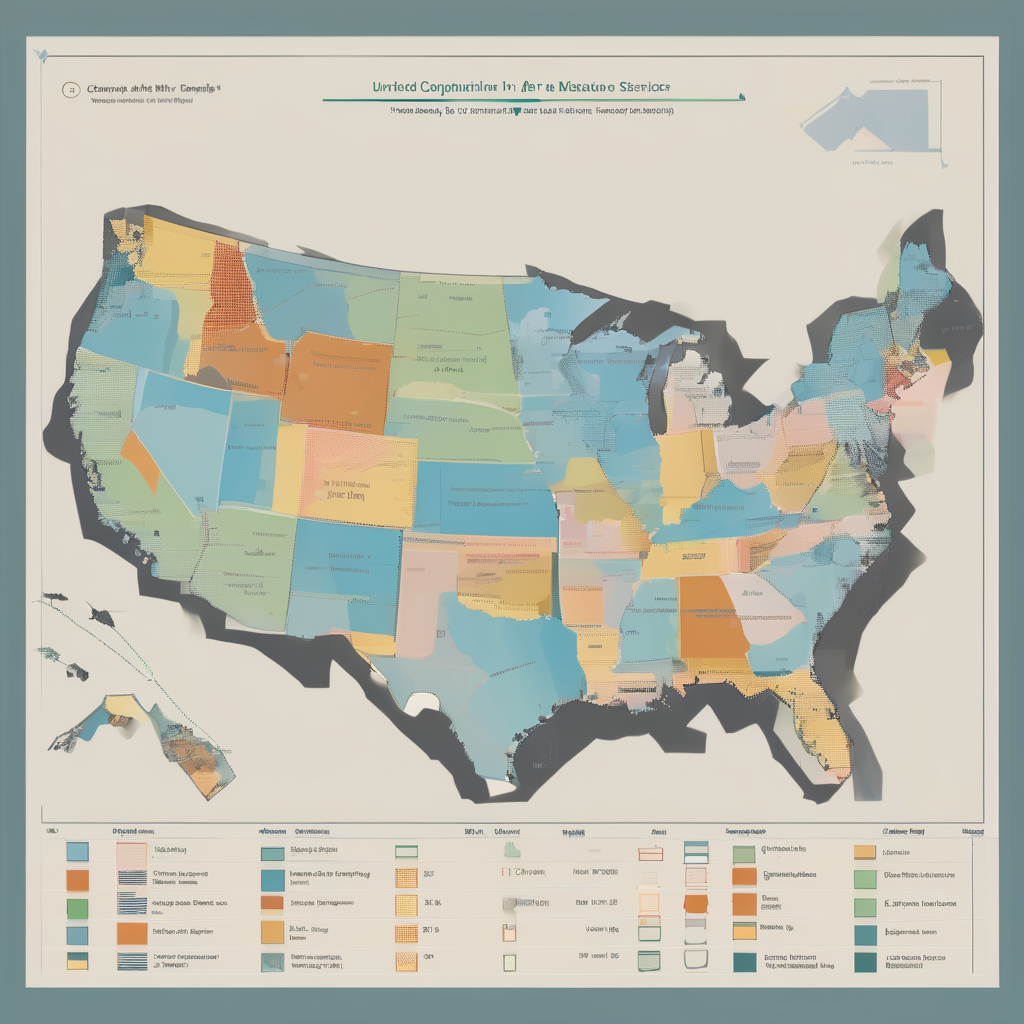The United States is facing a significant resurgence of measles, with 1,356 confirmed cases reported across 42 jurisdictions as of August 12, 2025. This marks the highest annual total in over 30 years. To better manage this rise in cases, researchers have introduced a county-level measles tracker that provides nearly real-time data collection.
The tracker, which became active on May 28, 2025, offers updates twice a week, detailing confirmed measles cases by county. It also includes information on vaccination status and age, as provided by state and local health departments. The data is sourced from jurisdictional websites, dashboards, press releases, and bulletins, and is validated against national counts from the Centers for Disease Control and Prevention (CDC).
Historically, the CDC has supplied the nation with weekly measles surveillance data at the national and state levels. However, the nuances and local specificities of measles outbreaks necessitate more detailed, granular data. As emphasized by lead researcher Farzin Ahmadi, PhD, of Johns Hopkins University, such detailed information is crucial for meaningful understanding and intervention.
The dashboard features comprehensive national maps with cumulative and bi-weekly county totals, and distinguishes between imported and locally contracted cases. It also offers a detailed table with county and state counts, supplemented by time-series graphs that illustrate cumulative and weekly trends from 2018 through August 2025. Notably, epidemic curves specifically highlight the states with the most severe outbreaks. Users can access county-level case series, state-specific epidemic curves, and thorough documentation through a linked repository.
The current surge in measles cases highlights an alarming trend, especially considering that in the years before the introduction of the measles vaccine in 1963, the U.S. faced millions of cases annually. However, following the vaccine’s introduction and the declaration of eliminated endemic transmission in 2000, cases averaged below 200 annually from 2000 to 2024. This recent uptick in cases coincides with a decline in vaccination rates.
The study acknowledges limitations, primarily the potential inaccuracies from varying reporting practices across jurisdictions—particularly in the context of imported cases and their reporting timelines. Future efforts may involve enhanced collaboration with health departments to streamline data accuracy and consistency.
The research received funding support from Bloomberg Philanthropies, though they had no influence on the study’s design, data collection, or analysis. Importantly, no conflicts of interest were disclosed in relation to the study.
This renewed focus on monitoring and data collection underscores the critical importance of maintaining high vaccination rates to prevent the spread of measles and safeguard public health.
